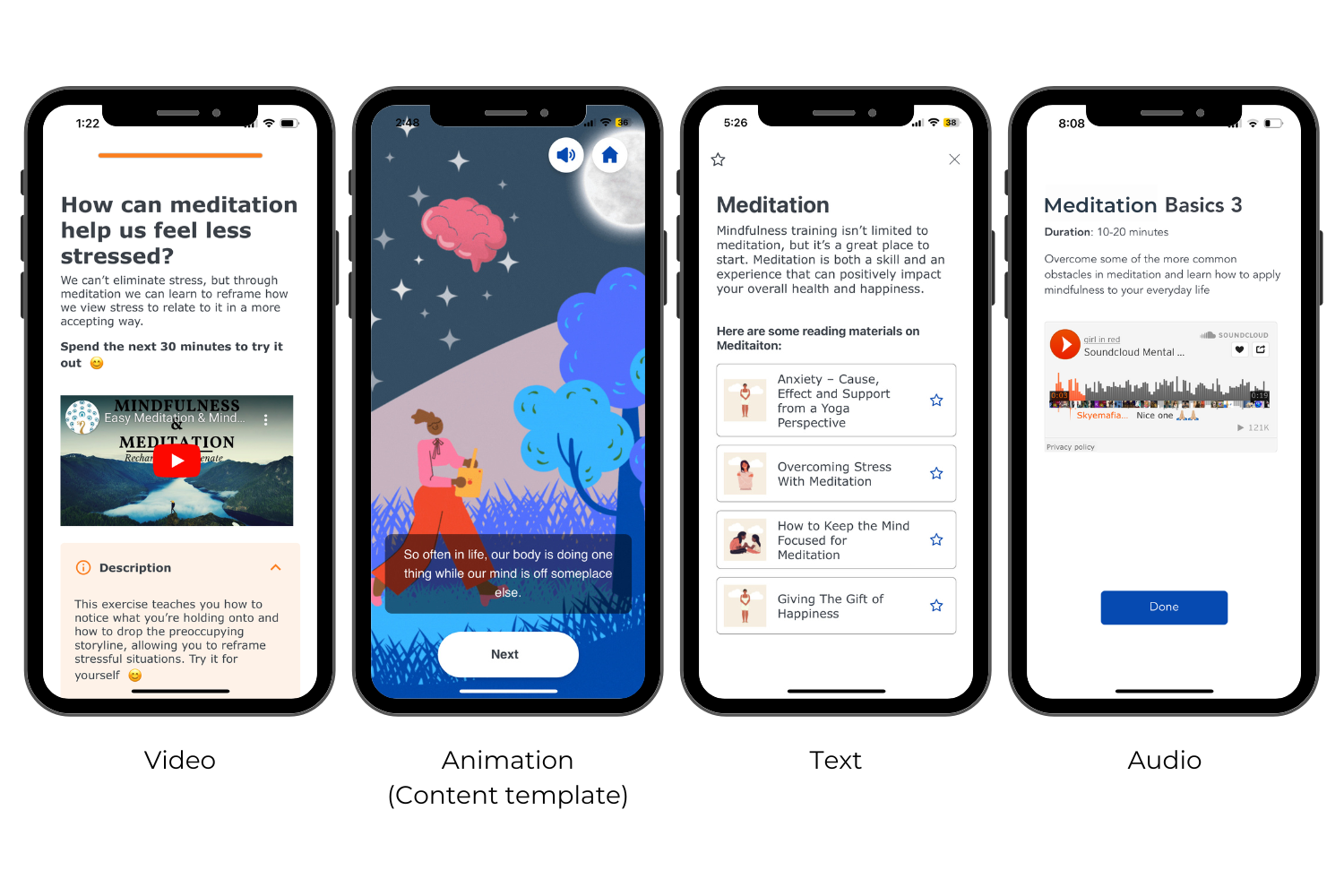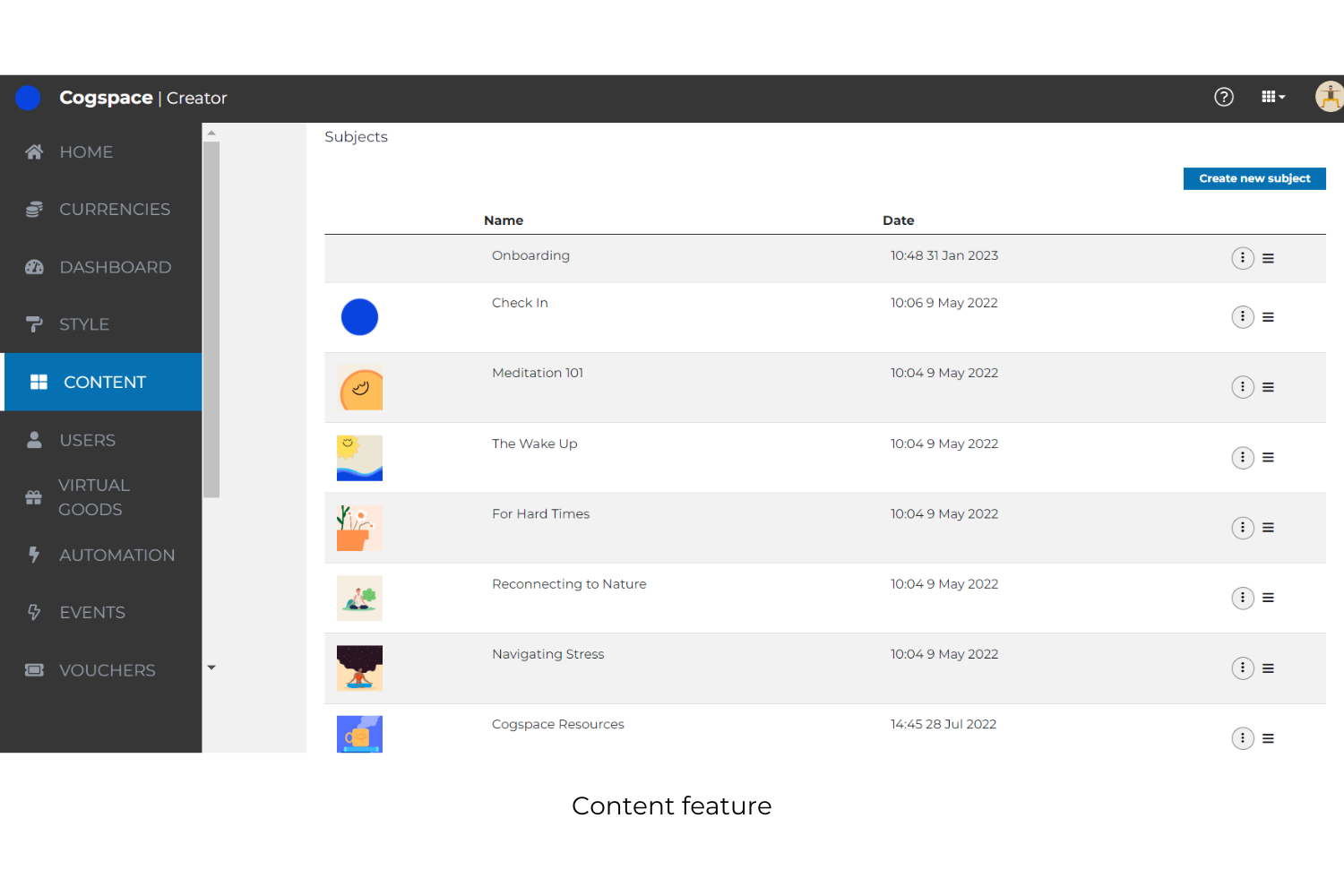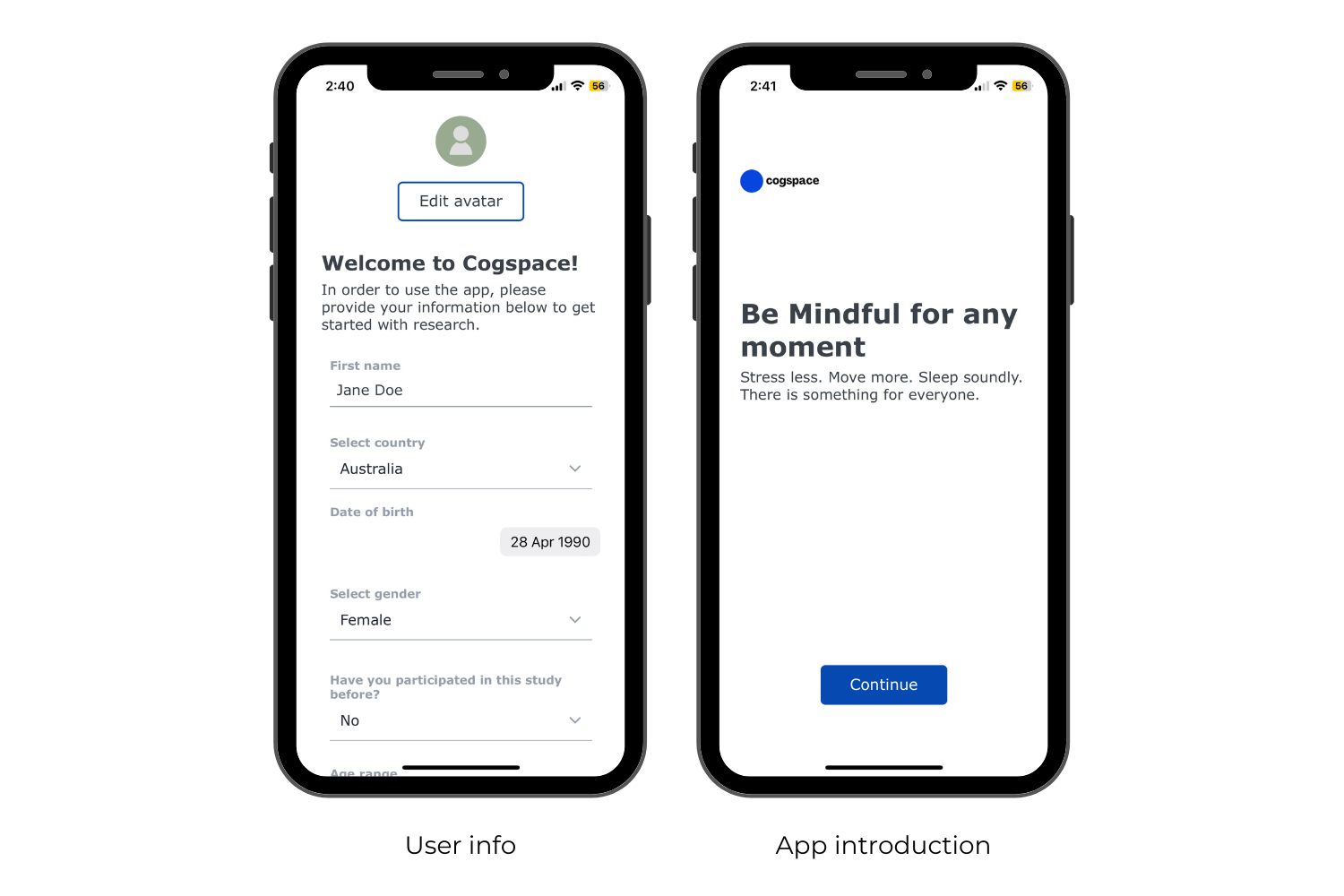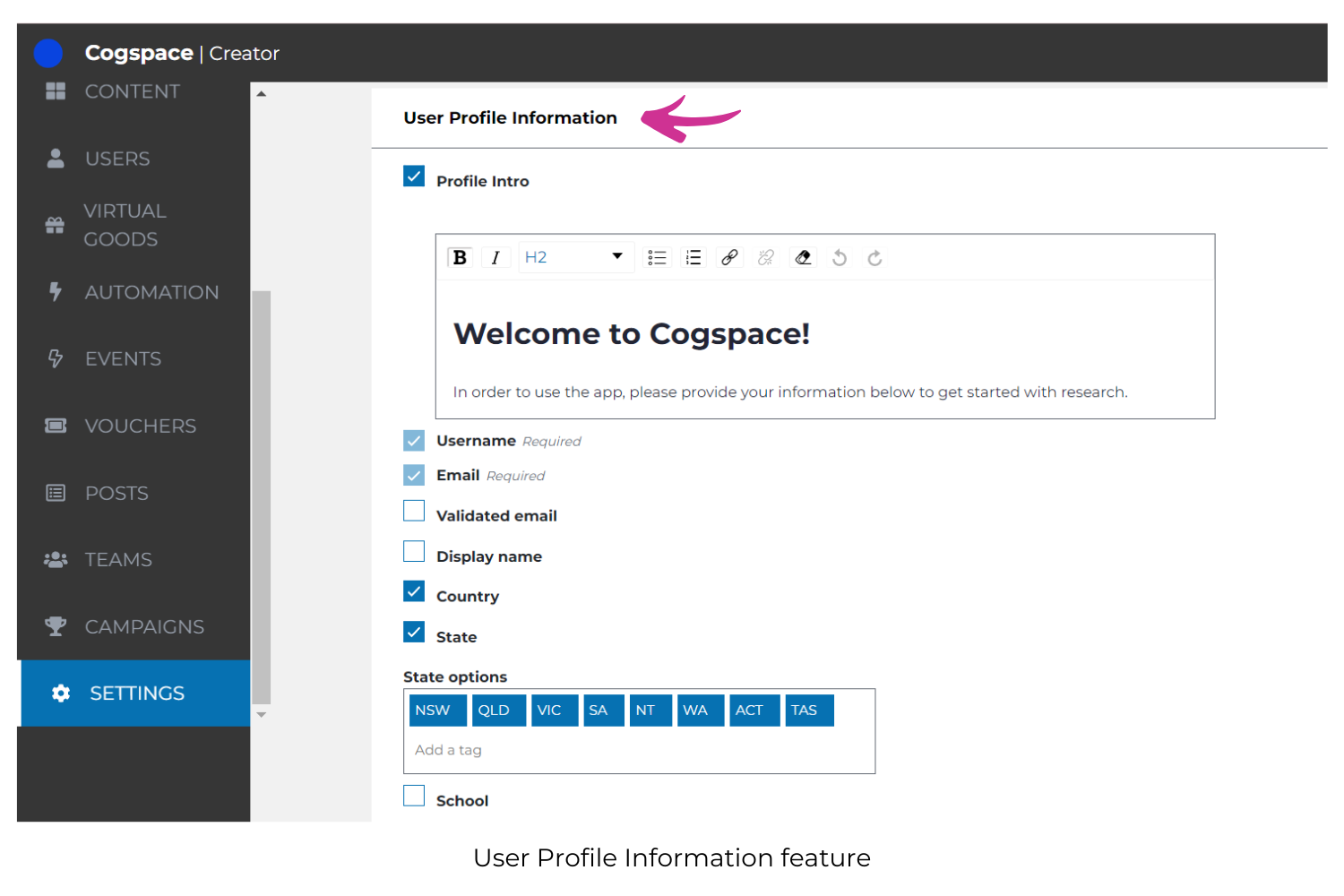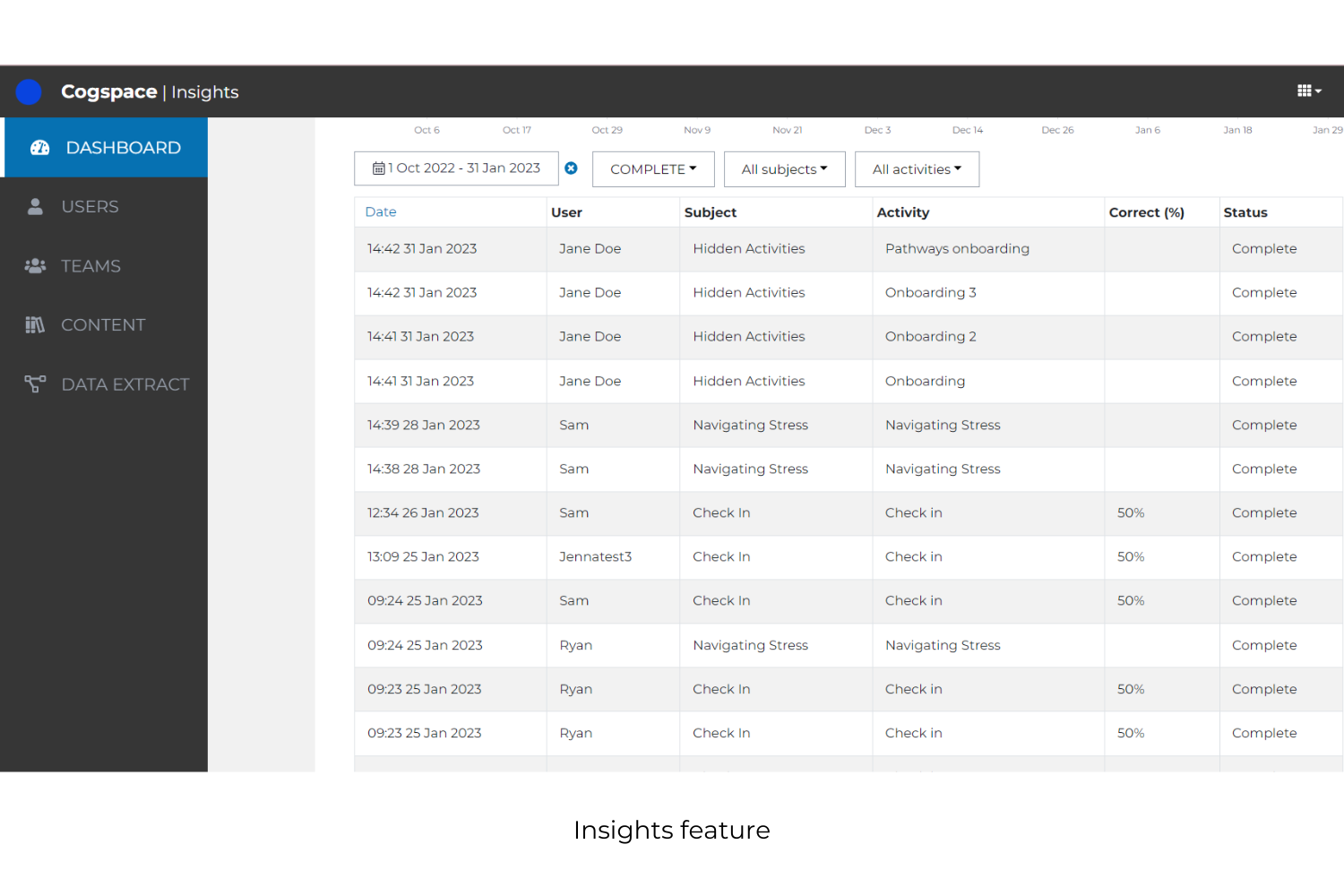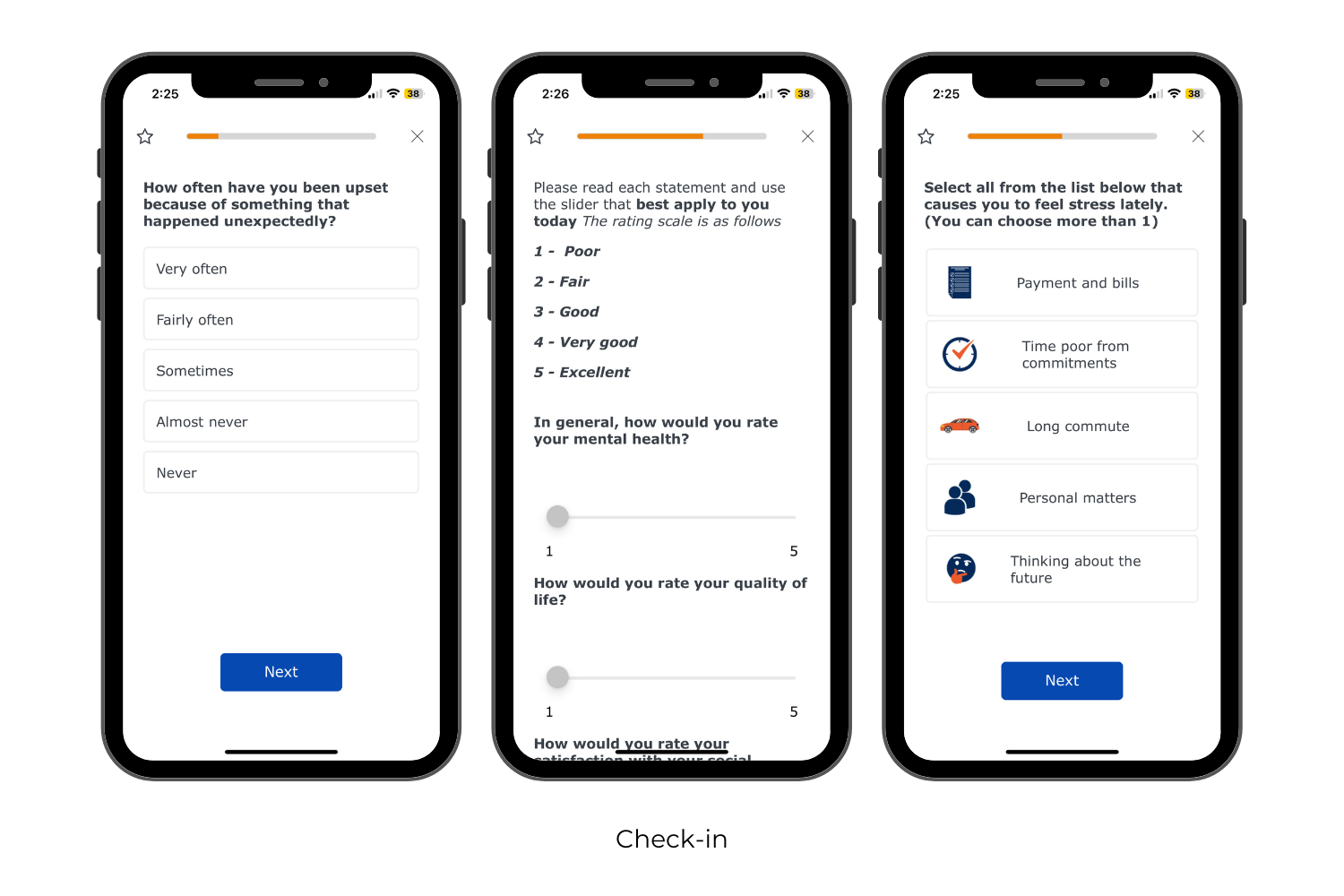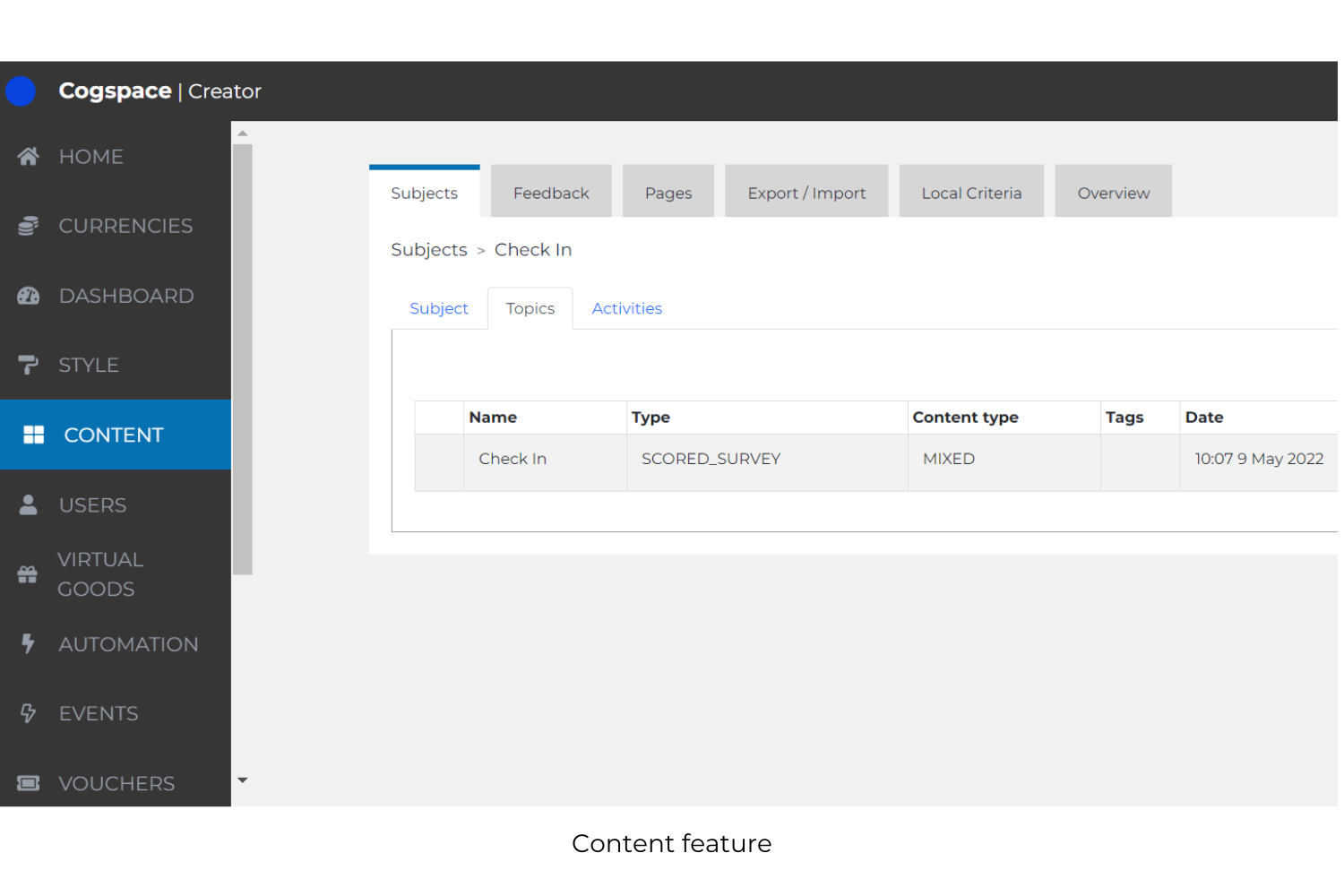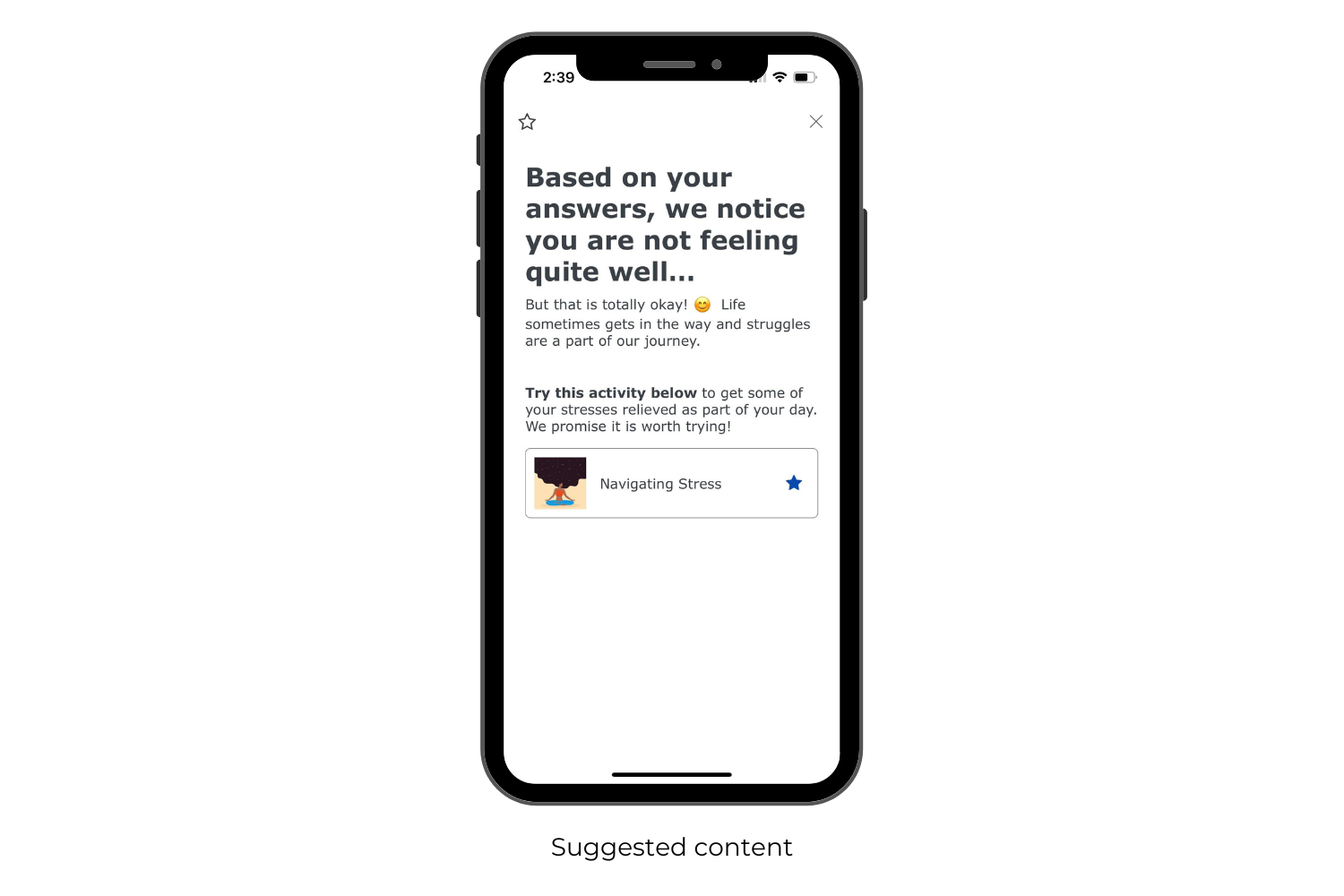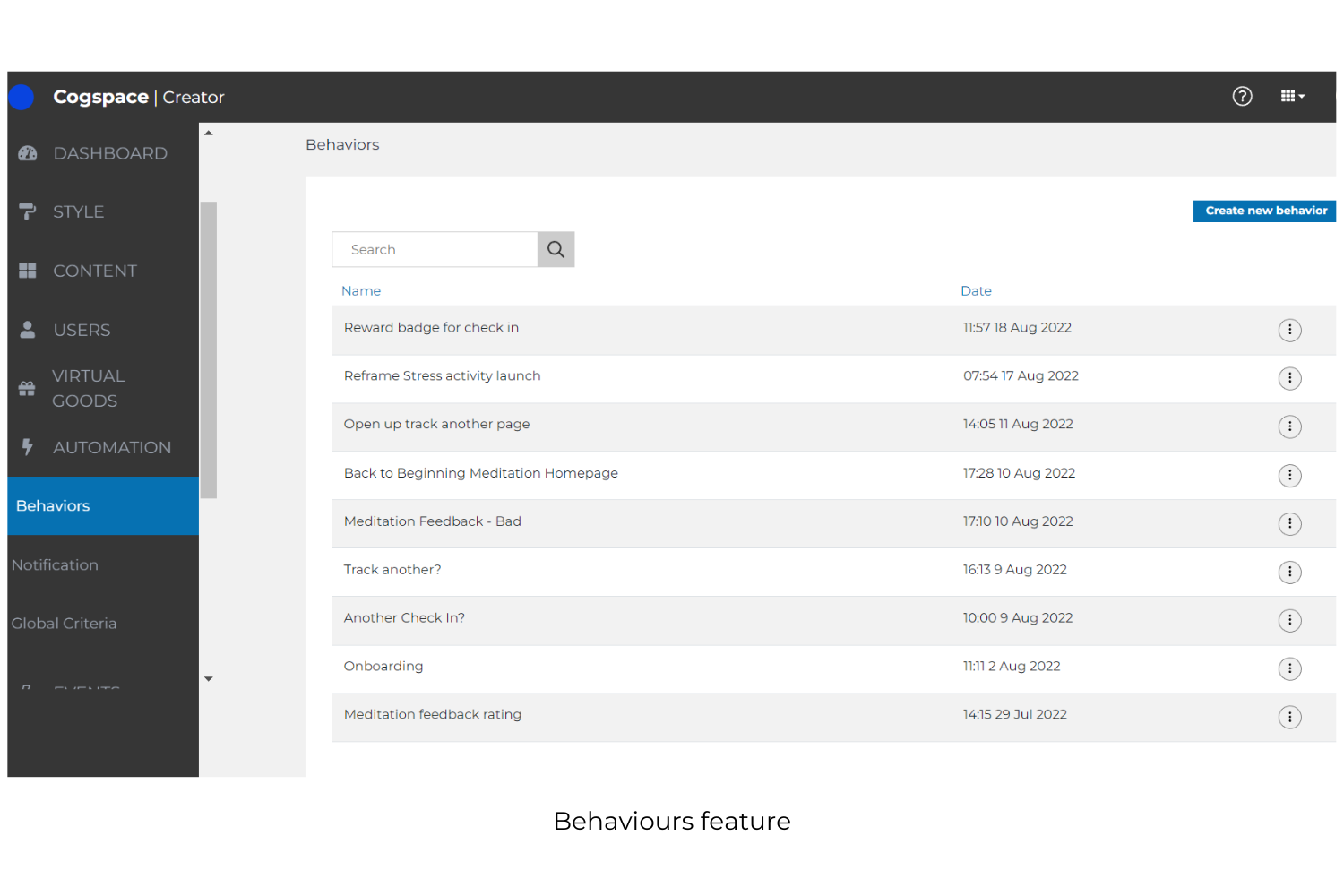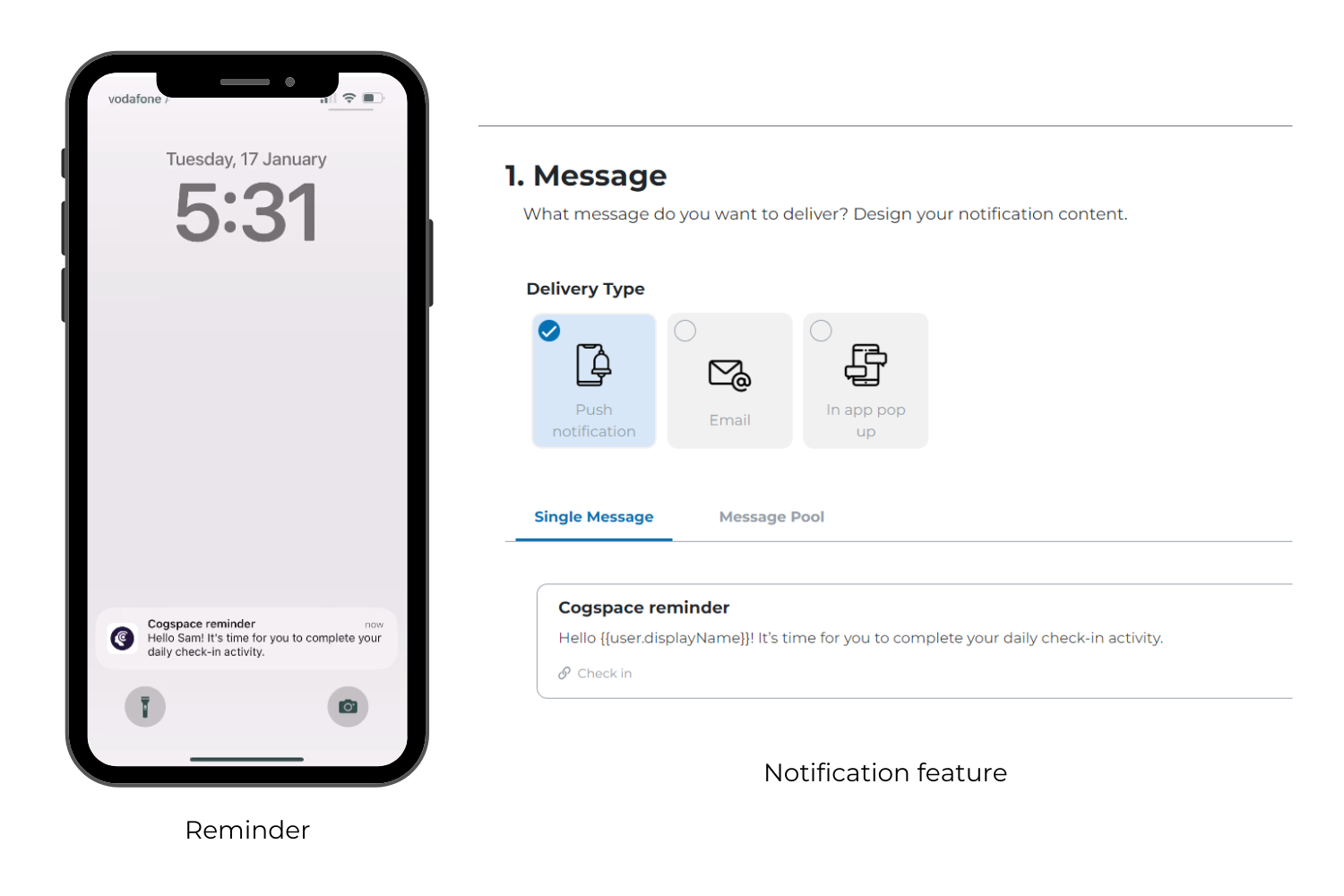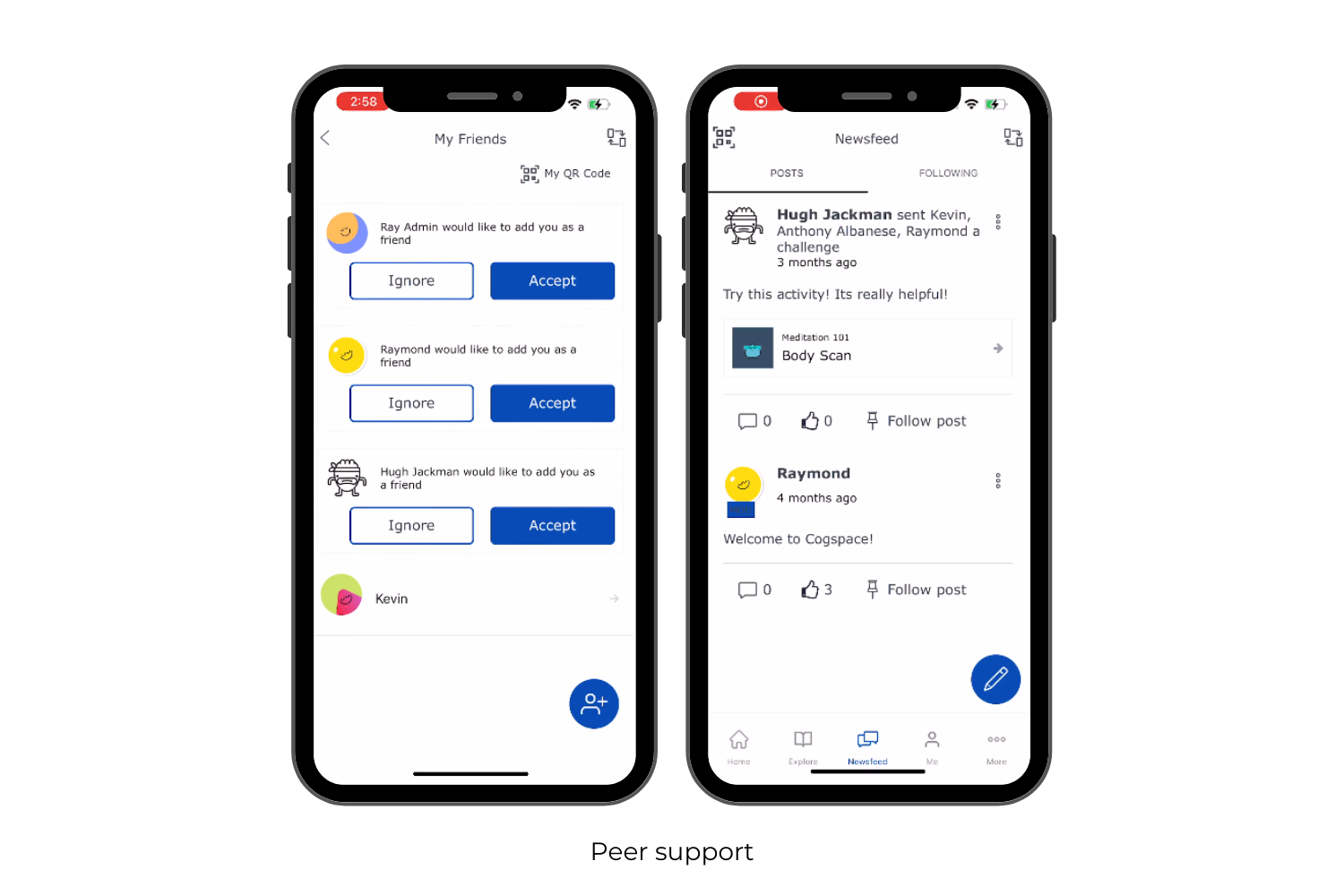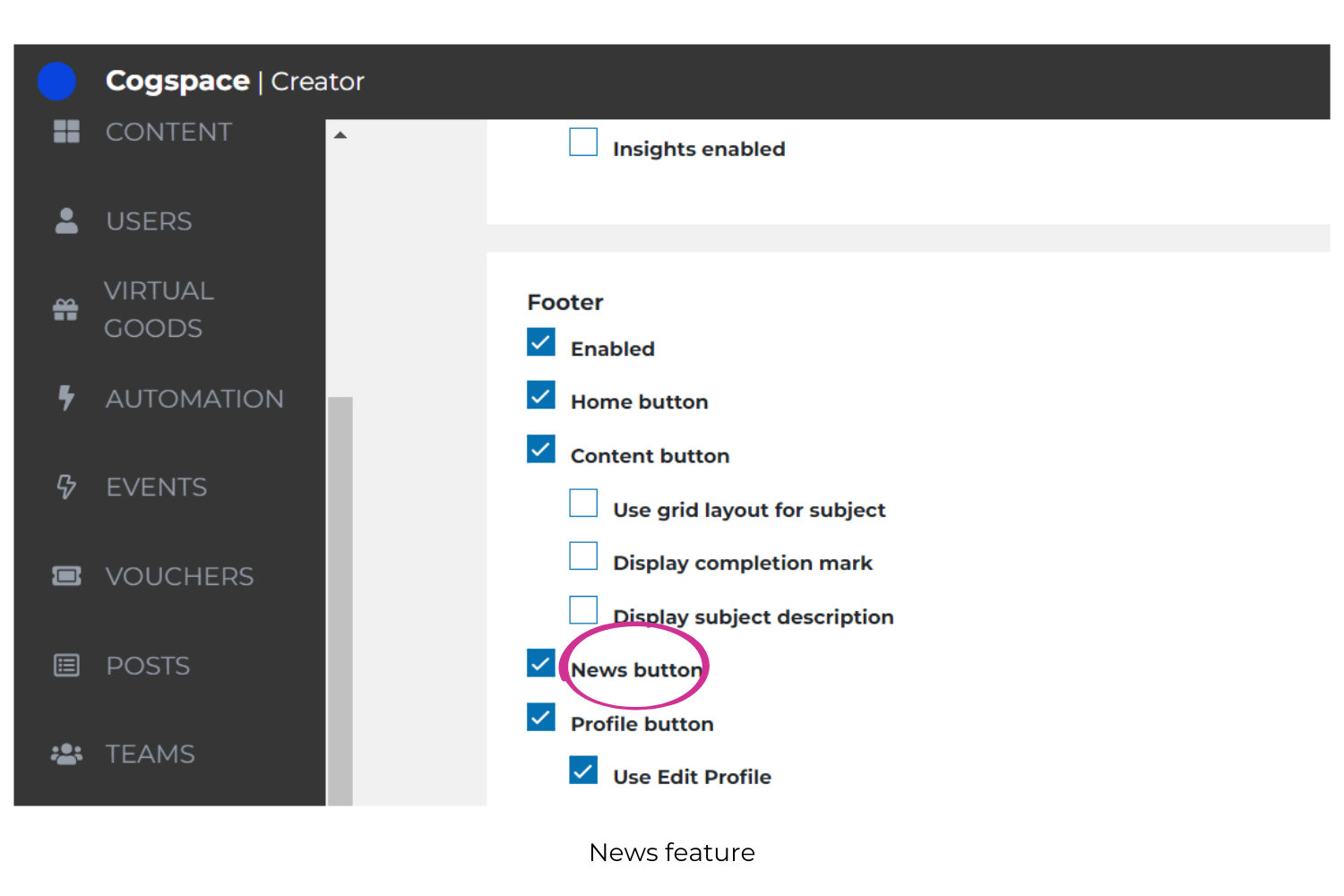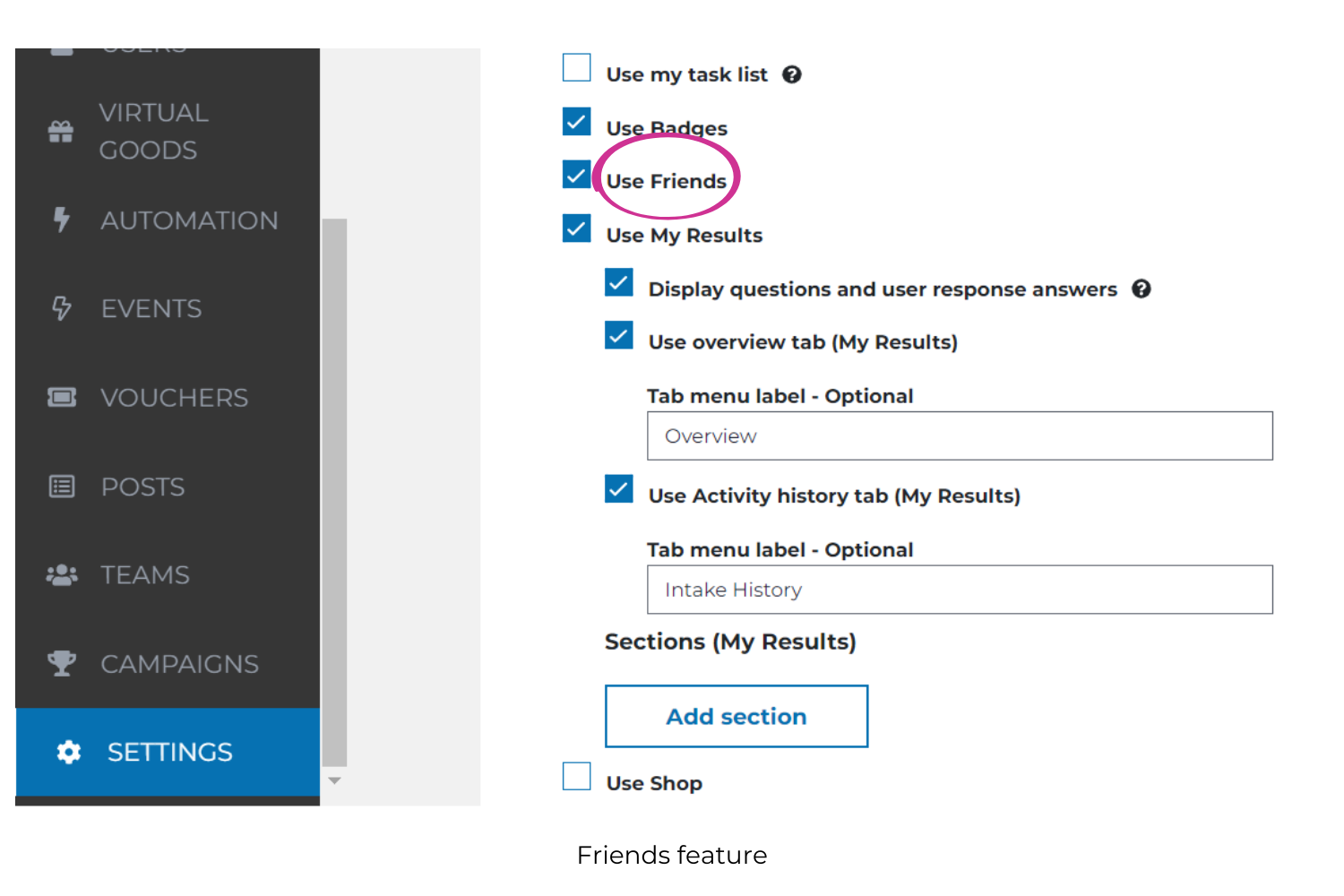How we recreated a leading mental health app in 12 hours, without coding
By The Cogniss Team
There are over 10,000 mental health and wellness apps in the app stores today. Considering the prevalence of mental health conditions worldwide, it comes as no surprise that this figure is expected to increase over the next few years.
The most successful of these apps are effective as they are able to bring users back to the app through hyper-personalization and gamification elements. They also give users autonomy over their own experience, meaningful rewards, bite-sized content, and social connections, which increase app stickiness.
However, with the traditional app development process, such advanced apps require specialized skills to build, take a long time to commercialize, and are expensive.
Thankfully, there are cost and time-effective alternatives such as specialist no code platforms.
So, two of us from the Customer Success team set ourselves up with a challenge. We wanted to see how long it would take us to recreate the key functionality of a leading mental health app on our own no code digital health platform, Cogniss.
Choosing a mental health app for this challenge
We thought we’d focus on mental health as it is a growing area in the digital health space.
So, we started by looking at the top mental health apps in the market and picked one which is not only popular but also has scientific evidence to back up its claims.
This app focuses on meditation and mindfulness and has 70 million users in over 190 countries. It is easily one of the world’s most prominent digital health solutions, and sophisticated enough to need over a year of development time.
We decided to replicate the key functionality of this app and named our app, Cogspace.
How we built Cogspace from scratch
First, we did an analysis and breakdown of all the visible functionality in the chosen app.
We found that while the app has been built on a foundation of mindfulness and meditation content, there are a few features that really enable users to transform their habits and improve their mental health. They are as follows:
onboarding
regular check-ins
gamification
reminders
These features work together to create a hyper-personalized and engaging experience for the app’s users.
So, we knew we had to replicate the four features identified above.
The following points cover the different aspects of the app that we worked on:
Content
The mental health app that we’re referencing is known for its meditation and mindfulness content and is mostly presented in audio and video format.
As our objective was to recreate just the functionality of the app, we did not spend too much time creating our own content. Instead, we curated publicly available videos, sourced articles from across the web, and created graphics using Canva. Within a couple of hours, we managed to put together a library of content for our users to engage with.
The Cogniss platform supports a wide range of different Content types including text, audio and video, as well as offers a number of Content Templates.
Onboarding
The chosen mental health app’s onboarding sequence is designed to understand what users’ goals are, set their expectations, and educate them on how to best use the app.
We created the same sequence in Cogspace by giving an app introduction and asking users for some background information and where they are at in their current mindfulness journey. This was set up using the Content and User Profile Information feature in Cogniss.
All the user data that we collect in Cogspace can easily be viewed live and exported via Cogniss Insights — an app analytics tool to monitor user activity.
Check-ins
Similar to the chosen mental health app, we incorporated a regular check-in function using Cogniss’s Content feature to help users monitor their progress over time.
In addition to a daily check-in function, we added check-ins after specific activities so that users can reflect on their mental and emotional state after activity completion. It also gives us, the app creators, access to user data such as the most popular activities, the number of times users checked in during a week, and so much more.
Gamification
The mental health app that we are referencing incorporates gamification elements like streaks and badges. This is a great way of motivating users to keep using the app and cultivate good habits.
Similarly, for Cogspace, we added a progress display on the app’s dashboard by simply turning on the Streak feature on Cogniss. We created badges using Cogniss’s Virtual Goods feature to reward users’ positive app usage. An example is awarding users a badge after completing a check-in.
We added a scoring system to gauge how a user feels when they are completing their check-in. This allows us, the app creators, to personalize the user experience by suggesting relevant content streams. We did this using Cogniss’s Behaviors feature which lets app creators create highly customized and sophisticated user experiences.
The Cogniss platform has a whole repertoire of pre-built gamification features available that can be automatically triggered based on simple or complex criteria.
Reminders
There is evidence to show that notifications do increase user engagement. Similar to how the selected mental health app has set up meditation reminders, we did the same for Cogspace. We leveraged the Notifications feature on Cogniss to schedule meditation reminders. These reminders act like a gentle nudge for users to practice meditation daily, which ultimately helps them cultivate good mental health habits.
Cogniss supports various types of notifications, such as email notifications, in-app pop-ups, and push notifications. These notifications can be set up to target all app users, specific groups of users, or based on an individual user’s data like profile information, activity status, responses and so much more.
Bonus: Peer support
As a bonus, we thought we’d add a social element to Cogspace. We decided to turn on Cogniss’s Friends feature for Cogspace so that users can share mindfulness content with one another. We also turned on the News feature, so that users can post, like, and encourage each other on their personal mindfulness journeys.
The power of a no code app builder like Cogniss
Within 12 hours, we managed to replicate the major functionality of an advanced mental health app on Cogniss. This really only begins to scratch the surface of what is possible in Cogniss.
With over 100 pre-built tools and templates functioning like building blocks, there is nearly an endless variety of ways that these can be combined and configured to create highly customized apps that solve unique problems.
Is there an innovative app you’d like to bring to life? It’s easier than you think.



